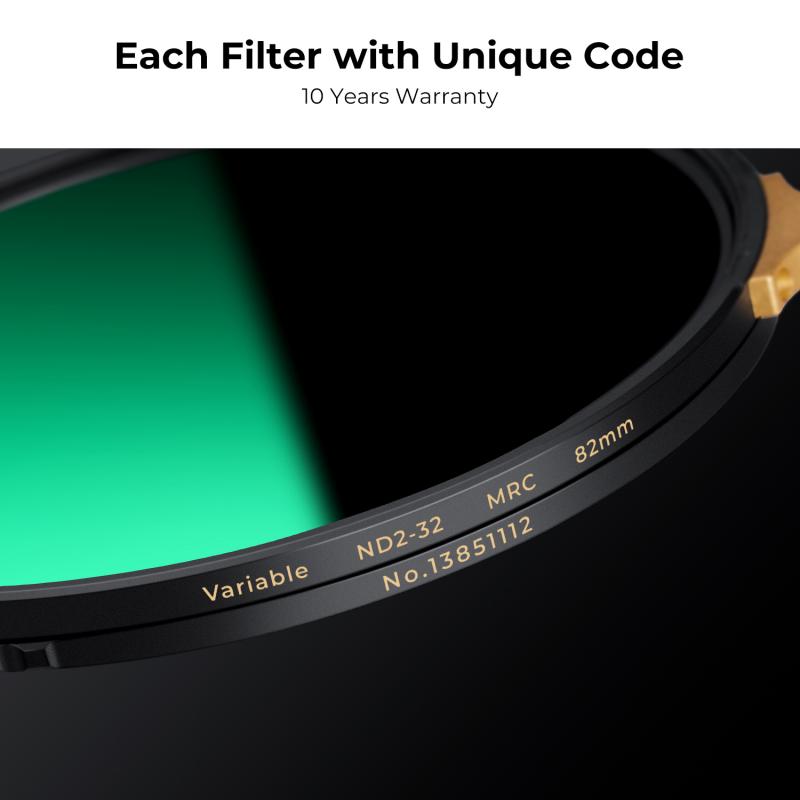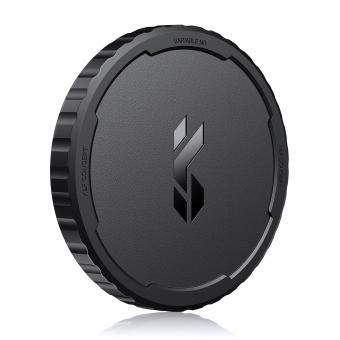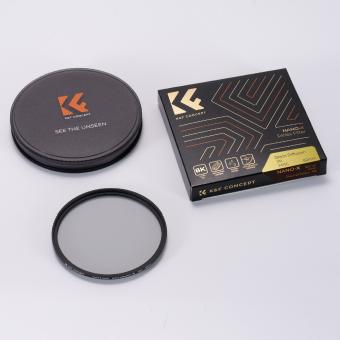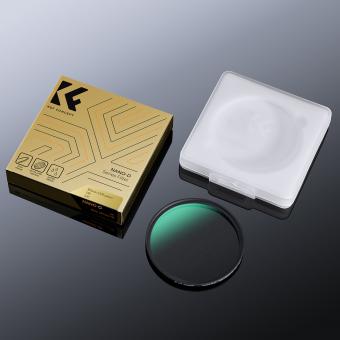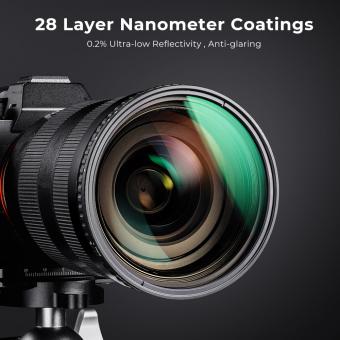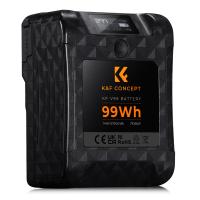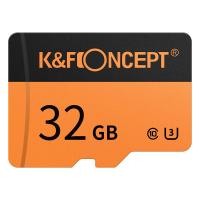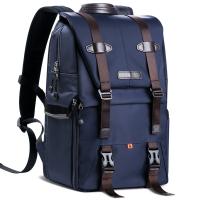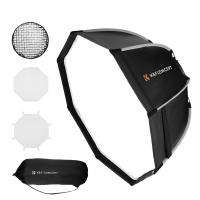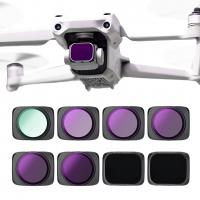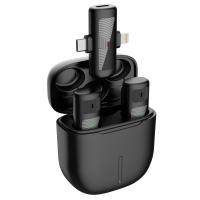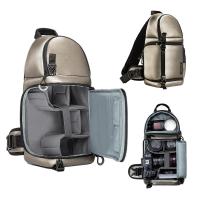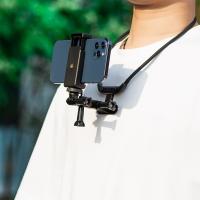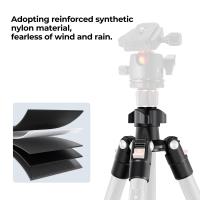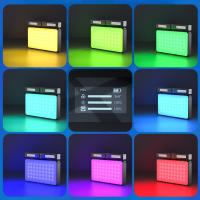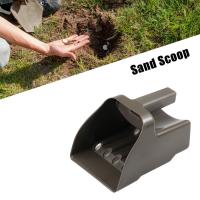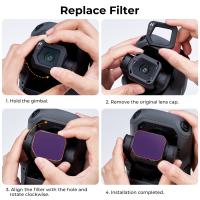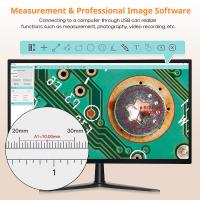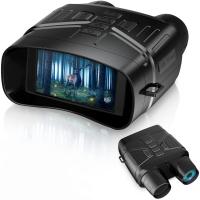What Are Nd Filters Used For ?
ND filters, or neutral density filters, are used in photography and videography to reduce the amount of light entering the camera lens without affecting the color or hue of the image. They are particularly useful in bright outdoor settings where the camera's shutter speed needs to be slowed down to achieve a desired effect, such as creating motion blur in water or clouds, or using a wider aperture to achieve a shallow depth of field. ND filters come in different strengths, measured in stops, which indicate how much light they block. For example, a 3-stop ND filter reduces the amount of light entering the lens by three stops, allowing for a slower shutter speed or wider aperture. ND filters are also commonly used in filmmaking to achieve a cinematic look by allowing for a slower shutter speed and wider aperture, which can create a shallow depth of field and a more dramatic visual effect.
1、 Photography
ND filters, or neutral density filters, are used in photography to reduce the amount of light that enters the camera lens without affecting the color or hue of the image. This allows photographers to use slower shutter speeds or wider apertures in bright conditions, creating a range of creative effects.
ND filters are particularly useful in landscape photography, where they can be used to capture long exposures of waterfalls or rivers, creating a smooth, silky effect. They can also be used to capture motion blur in sports or action photography, or to create shallow depth of field in portrait photography.
In recent years, ND filters have become increasingly popular in drone photography, where they can be used to reduce the shutter speed and create a more cinematic look. They are also used in videography, where they can be used to maintain a consistent exposure when shooting in changing light conditions.
Overall, ND filters are an essential tool for any photographer looking to expand their creative possibilities and capture stunning images in a variety of lighting conditions.
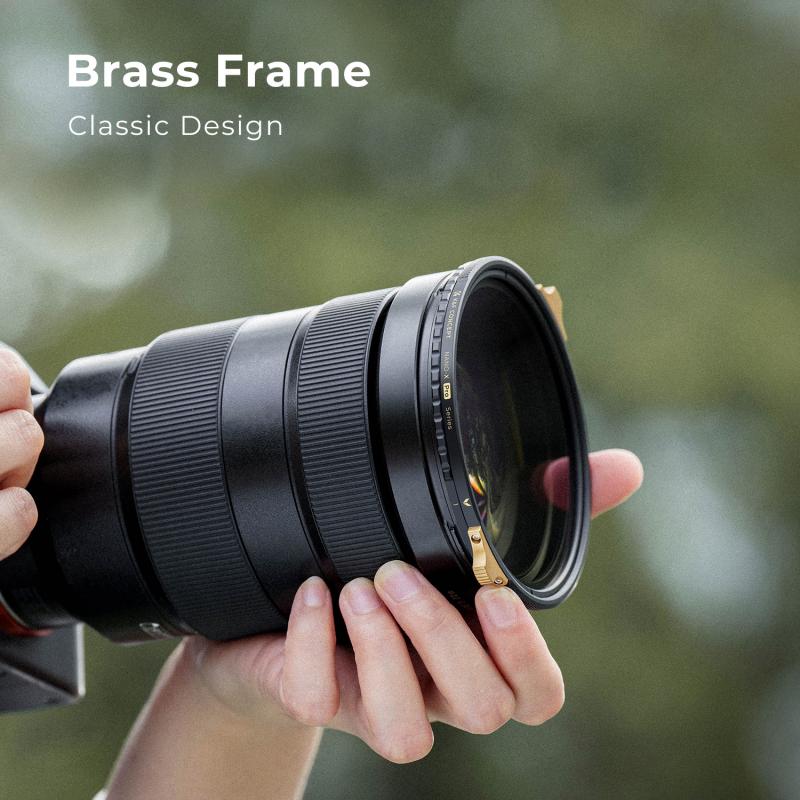
2、 Videography
ND filters, or neutral density filters, are used in videography to reduce the amount of light entering the camera lens without affecting the color or hue of the image. This allows videographers to achieve a shallow depth of field or a slower shutter speed, even in bright lighting conditions. ND filters are particularly useful when shooting outdoors in bright sunlight, as they can help prevent overexposure and allow for more creative control over the image.
In recent years, ND filters have become increasingly popular in the world of drone videography. Drones are often used to capture aerial footage, but the high altitude and bright sunlight can make it difficult to achieve the desired exposure. ND filters can help drone videographers achieve a more cinematic look by allowing for a slower shutter speed and a shallower depth of field.
Overall, ND filters are an essential tool for videographers looking to achieve a professional-looking image with creative control over exposure. With the rise of drone videography, ND filters have become even more important for capturing stunning aerial footage.

3、 Reducing light intensity
ND filters, or neutral density filters, are used to reduce the amount of light entering the camera lens without affecting the color or hue of the image. They are commonly used in photography and videography to achieve certain creative effects or to overcome technical limitations.
One of the primary uses of ND filters is to allow for longer exposure times in bright conditions. This is particularly useful for landscape photography, where a longer exposure can create a sense of motion in water or clouds. ND filters can also be used to achieve a shallow depth of field in bright conditions, allowing for a blurred background while keeping the subject in focus.
In videography, ND filters are used to maintain a consistent shutter speed and frame rate in changing lighting conditions. This is important for creating smooth and professional-looking footage. ND filters can also be used to achieve a cinematic look by reducing the amount of light and creating a shallow depth of field.
In recent years, ND filters have become increasingly popular among drone pilots. Drones are often flown in bright conditions, and ND filters can help to reduce the amount of light entering the camera and prevent overexposure. They can also be used to create a cinematic look in aerial footage.
Overall, ND filters are a versatile tool for photographers and videographers, allowing them to achieve creative effects and overcome technical limitations in a variety of shooting conditions.
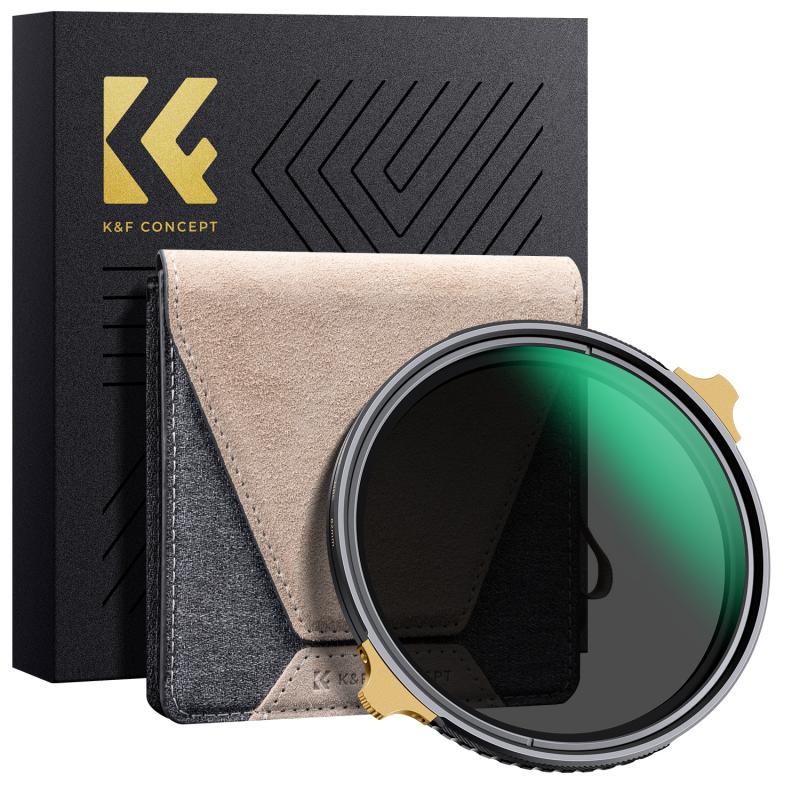
4、 Balancing exposure
ND filters, or neutral density filters, are used for balancing exposure in photography and videography. They are essentially pieces of glass or resin that reduce the amount of light entering the camera lens without affecting the color or hue of the image. This allows photographers and videographers to use wider apertures or slower shutter speeds in bright conditions, without overexposing the image.
ND filters are particularly useful in landscape photography, where bright sunlight can cause harsh shadows and blown-out highlights. By using an ND filter, photographers can capture a more balanced exposure, with detail in both the highlights and shadows. They are also commonly used in long-exposure photography, where a slow shutter speed is used to create a sense of motion in water or clouds.
In recent years, ND filters have become increasingly popular in drone photography and videography. Drones are often flown in bright conditions, and the small sensors on most drones can struggle to capture a balanced exposure. By using an ND filter, drone pilots can capture smoother footage with more detail in the highlights and shadows.
Overall, ND filters are an essential tool for any photographer or videographer looking to capture high-quality images in bright conditions. They allow for greater creative control and can help to produce more balanced and visually appealing images.
